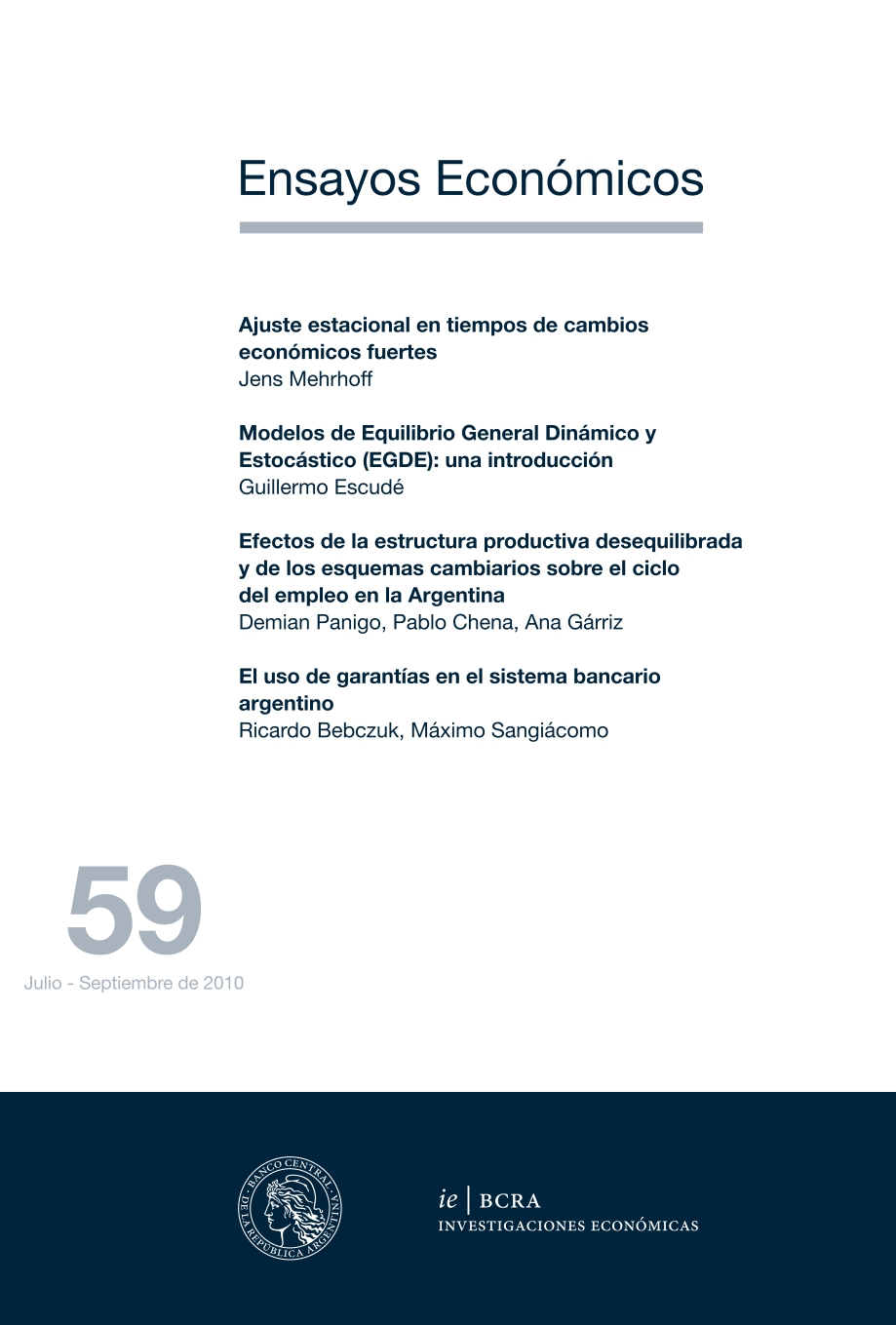Seasonal Adjustment in Times of Strong Economic Changes
Keywords:
Argentine Crisis, Currency in Circulation, ESS Guidelines, Outlier Modeling, Revision Analysis, TRAMO/SEATS, X-12-ARIMAAbstract
The present paper refers to the ESS Guidelines on Seasonal Adjustment and gives an example of how to use them in times of crisis. Taking as a basis the example of Argentine currency in circulation, a comparison is made between revisions from readjusting data every time a new figure is released(partial concurrent adjustment–with and without outlier modeling) and adjusting data with forecast seasonal/calendar factors (controlled current adjustment). Unlike the recent financial and economic crisis, this example comprises sufficient data to explore the crisis from an ex post view. If strong economic changes are treated adequately, i.e. either by introducing outlier variables or using forecast seasonal/calendar factors, revisions can be kept low and both methods will give similar results. By contrast, if outliers are not specified, it will be wrongly assumed that the effects of the crisis (partially) recur year after year. This would limit the quality of the estimates of seasonal and calendar factors and result in probably misleading outcomes of the partial concurrent adjustment approach. As the conditions for seasonality remain valid during the crisis, seasonal adjustment is justified in order to facilitate the uncovering of “news” in economic developments during this period.
JEL classification: C13 ; C22 ; C82 ; E42




